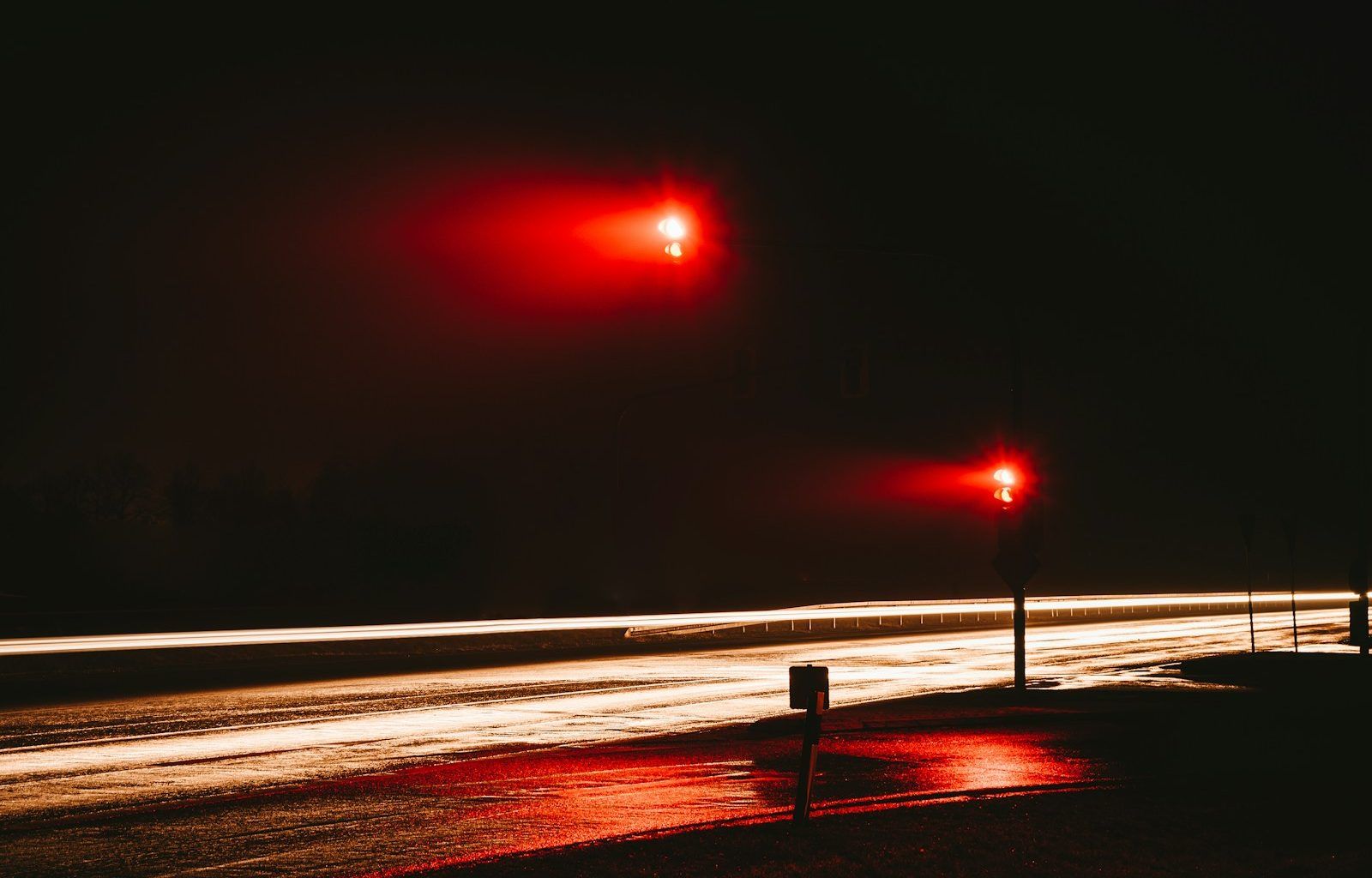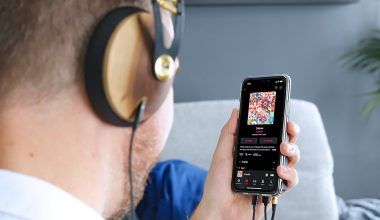Have you ever uploaded a video or piece of content online only to find yourself tangled up in copyright issues? If so, you’re not alone. Many creators, whether they’re YouTubers, bloggers, or artists, have encountered either a copyright strike or a copyright claim. At first glance, these terms might seem interchangeable, but they are quite different. In this blog, we’ll break down the difference between a copyright strike vs claim in simple terms and help you understand what each one means for you as a content creator.
What Is a Copyright Claim?
Let’s start with the easier one: a copyright claim. A copyright claim happens when the owner of copyrighted material, like a song, video clip, or image, recognizes that their work is being used in your content. This is common on platforms like YouTube, where content is constantly being uploaded and reviewed by automated systems. When a claim is made, it doesn’t necessarily mean you’re in big trouble, but there are consequences.
For instance, if you’ve used a song in the background of your video without permission, the owner of that song might file a copyright claim. This claim could lead to the monetization of your video being redirected to the copyright owner. In most cases, you can still keep your video up, but you won’t earn any ad revenue from it. Instead, that revenue goes to the copyright owner. Sometimes, they might even allow you to share revenue, depending on the agreement.
The good news about copyright claims is that they are not as severe as strikes. They’re more like a friendly nudge saying, “Hey, you’re using my work. Let’s sort this out.”
What Is a Copyright Strike?
Now, a copyright strike is a whole different story. This is more serious and can have a bigger impact on your content and even your account. A copyright strike is a formal complaint made by the copyright owner, saying that you’ve used their material without permission, and they want it taken down.
When you receive a copyright strike, it often leads to the immediate removal of your content from the platform. Unlike a copyright claim, where your video stays up, a strike means your video is gone. Additionally, you may face other consequences like temporary restrictions on your account or, if you accumulate multiple strikes, the permanent deletion of your account.
For example, if you upload a full movie or a copyrighted TV episode without permission, the rightful owner can issue a copyright strike. This is a clear violation of copyright law, and the platform will enforce strict action.
Why Do These Matter?
Understanding the difference between a copyright strike and a copyright claim is crucial for anyone creating content online. A copyright claim is more of a monetary issue, whereas a copyright strike can threaten your ability to continue creating on that platform. If you’re making money from your content, these two terms could mean the difference between losing some revenue or losing your entire channel.
By knowing how to avoid both claims and strikes, you can keep your creative journey smooth and uninterrupted.
How to Handle a Copyright Claim
If you receive a copyright claim, don’t panic. It’s not the end of the world. Here are the steps you can take:
- Review the Claim: Check what part of your content has triggered the claim. Platforms like YouTube will usually specify the exact timestamp where copyrighted material is detected.
- Dispute the Claim if Necessary: If you believe the claim is a mistake or falls under fair use, you can dispute it. Be prepared to explain why your use of the material is lawful.
- Replace or Remove the Content: Some platforms allow you to replace the copyrighted material with something else or mute the offending audio. This is a simple way to resolve the claim without further issues.
- Accept the Claim: If the claim is valid, you can choose to accept it. Your video will remain online, but you’ll lose ad revenue generated from it.
How to Handle a Copyright Strike
Dealing with a copyright strike is more serious. Here’s what you should do:
- Understand Why You Got the Strike: Like with claims, platforms will usually inform you why the strike was issued. Knowing the reason is the first step to resolving it.
- Reach Out to the Copyright Owner: Sometimes, you can contact the owner directly and ask them to retract the strike. This might work if you explain your case politely.
- Submit a Counter-Notification: If you believe the strike is unfair, you can file a counter-notification. This is a formal process, and you’ll need to provide evidence supporting your case.
- Learn from the Experience: If the strike is valid, take it as a learning opportunity. Be more cautious about using copyrighted materials in the future.
Tips to Avoid Copyright Strikes and Claims
Prevention is always better than cure. Here are some tips to steer clear of copyright issues:
- Use Royalty-Free or Licensed Content: Many websites offer royalty-free music, images, and videos that you can use without risking a copyright claim or strike.
- Understand Fair Use: Fair use laws allow you to use copyrighted materials in certain situations, like for commentary, criticism, or education. However, this is a gray area, so it’s best to consult legal advice if you’re unsure.
- Create Original Content: The safest way to avoid copyright issues is to make your own content. Whether it’s music, artwork, or videos, originality pays off.
- Double-Check Before Uploading: Before you hit publish, make sure all the materials in your content are either original or properly licensed.
Key Differences Between Copyright Strike and Claim
To make it even clearer, let’s compare the two side by side:
| Aspect | Copyright Claim | Copyright Strike |
|---|---|---|
| Severity | Mild | Serious |
| Impact on Content | Content stays online | Content is removed |
| Revenue | Revenue goes to copyright owner | No revenue or content allowed |
| Account Consequences | None | Multiple strikes can lead to account termination |
Real-Life Examples
Many creators have shared their experiences with copyright strike vs claim. For instance, a popular YouTuber might upload a gaming video with background music that triggers a copyright claim. In this case, their video remains online, but they lose ad revenue.
On the other hand, a filmmaker who uploads a full-length movie they don’t own might face a copyright strike. This could lead to their video being taken down and their account being at risk of deletion if they receive additional strikes.
Conclusion
copyright strike vs claim can be confusing, but understanding the difference is essential for any content creator. While a copyright claim is more about revenue-sharing, a copyright strike can have far-reaching consequences. By staying informed and cautious, you can protect yourself from these issues and focus on creating amazing content.
Remember, the key to avoiding both is respecting intellectual property rights and knowing the rules of the platform you’re using. With the right strategies, you can navigate the tricky world of copyright and thrive as a creator.
Related Articles:
For further reading, explore these related articles:
- Nona Gaye: The Life of a Singer, Actress, and Daughter of a Legend
- The Amazing Story of Korn Band: Legends of Nu-Metal
For additional resources on music marketing and distribution, visit DMT RECORDS PRIVATE LIMITED






